
Why Hybrid App Development is the Future of Cross-Platform Solutions
The mobile app development landscape is evolving rapidly, with businesses and developers seeking solutions that balance speed, cost, and performance. Enter hybrid app development—a methodology bridging the gap between native and web applications. This approach leverages web technologies (HTML, CSS, JavaScript) or modern languages like Python, wrapped in a native container, enabling apps to run seamlessly across platforms like iOS and Android. In this post, we’ll explore why hybrid apps are becoming the cornerstone of cross-platform development, backed by technical insights, real-world examples, and future trends.
What is Hybrid App Development?
Hybrid apps combine the best of both worlds: the flexibility of web development (or Python, in some cases) and the functionality of native apps. Built using frameworks like React Native, Flutter, Ionic, or Python’s Flet, these apps operate within a native container (e.g., WebView for Android or UIWebView for iOS), allowing access to device hardware such as cameras, GPS, and sensors.
Key Components:
- Single Codebase: Write once, deploy everywhere.
- Native Plugins: Access device features via APIs (e.g., Cordova plugins or Flet’s integrations).
- UI Components: Frameworks provide pre-built, platform-specific elements.
For beginners, this means faster onboarding using familiar technologies like JavaScript or Python. Professionals benefit from streamlined workflows, while programmers enjoy extensibility through native modules.
The Rise of Hybrid Apps: Key Benefits
1. Cost Efficiency & Faster Time-to-Market
Developing separate native apps for iOS and Android doubles time and resources. Hybrid apps reduce costs by 80-90% through a unified codebase. Startups like Instagram (initially built with React Native) leveraged this to scale rapidly. Emerging frameworks like Flet (Python-based) further democratize development by enabling backend engineers to build cross-platform apps without switching languages.
2. Code Reusability & Maintenance
Maintaining one codebase simplifies updates and bug fixes. Flutter’s widget-based architecture ensures consistent UI across platforms, Ionic offers cloud-based builds for effortless deployment, and Flet uses Python’s simplicity to create responsive UIs with minimal boilerplate.
3. Near-Native Performance
Modern frameworks optimize performance. React Native uses a bridge to communicate with native modules, Flutter compiles to ARM code for 60 FPS rendering, and Flet leverages Skia for GPU-accelerated graphics. Apps like Google Ads and Alibaba showcase hybrid apps’ capability to handle complex tasks.
4. Access to Device Features
Plugins like Cordova or Capacitor enable access to cameras, sensors, and push notifications. Python’s Flet integrates with native APIs through its lightweight architecture, while Progressive Web Apps (PWAs) blur the lines with offline functionality.
5. Community & Ecosystem
Robust communities around React Native (Meta), Flutter (Google), and Ionic provide extensive libraries. Python’s Flet taps into one of the largest developer ecosystems, offering Pythonistas a seamless transition to mobile and desktop app development. Platforms like Expo and Flet’s CLI simplify testing and deployment.
Hybrid vs. Native vs. Other Cross-Platform Approaches
| Aspect | Native | Hybrid | Other Cross-Platform |
|---|---|---|---|
| Development Time | Long (separate codebases) | Short (single codebase) | Moderate |
| Performance | Highest | Near-native | Varies (e.g., Xamarin) |
| Cost | High | Low | Medium |
| Tooling | Platform-specific IDEs | VS Code, React Native CLI | .NET, Xamarin.Forms |
While native apps excel in performance for graphics-intensive tasks (e.g., gaming), hybrid frameworks are ideal for MVP development, enterprise apps, and content-driven platforms. Python’s Flet is particularly suited for data-centric apps or tools requiring Python’s ML/AI libraries.
Challenges & Solutions
1. Performance Bottlenecks
Heavy animations or computations may lag. Solution: Optimize with native modules (e.g., Flutter’s Dart compiled to native code) or tools like React Native Reanimated. Python frameworks like Flet mitigate this through efficient rendering pipelines.
2. Plugin Dependencies
Third-party plugins can become outdated. Solution: Use well-maintained libraries (check GitHub stars, contributor activity) or build custom plugins. Flet simplifies this with built-in UI controls and extensibility via Python packages.
3. Platform-Specific UI/UX
Design inconsistencies may arise. Solution: Adopt adaptive design principles. Flutter’s Cupertino and Material Design widgets mimic iOS and Android aesthetics, while Flet offers customizable controls for platform-agnostic designs.
Future Trends in Hybrid Development
AI Integration
Tools like TensorFlow Lite and Python’s scikit-learn enable on-device machine learning. Frameworks like Flet make it easier to embed AI models into cross-platform apps.Improved Tooling
Frameworks are prioritizing hot reload, state management (e.g., Riverpod for Flutter), and AR/VR support. Flet is expanding its widget library and backend integrations.Enhanced Native Interaction
React Native’s New Architecture (Fabric) reduces bridge overhead, Flutter’s Embedder API allows deeper OS integration, and Flet plans tighter OS-level bindings.Python’s Growing Role
With 48% of developers using Python (Stack Overflow 2023 Survey), frameworks like Flet are lowering the barrier to app development for data scientists and backend engineers.
Conclusion
Hybrid app development is no longer a compromise—it’s a strategic choice for businesses and developers prioritizing agility, cost, and scalability. With frameworks like React Native, Flutter, Ionic, and Python’s Flet pushing the boundaries of performance, the line between hybrid and native continues to blur. Whether you’re a Python developer exploring mobile apps or a seasoned programmer optimizing workflows, hybrid solutions offer a future-proof path.
Ready to start? Dive into React Native’s documentation, explore Flutter’s case studies, or build your first app with Flet’s tutorials.
References & Backlinks:
- React Native Official Site
- Flutter’s Performance Benefits
- Ionic Framework Case Studies
- Flet Framework: Build Apps in Python
- Progressive Web Apps (PWAs)
By embracing hybrid app development, you’re not just building apps—you’re investing in a versatile, sustainable future for cross-platform innovation.
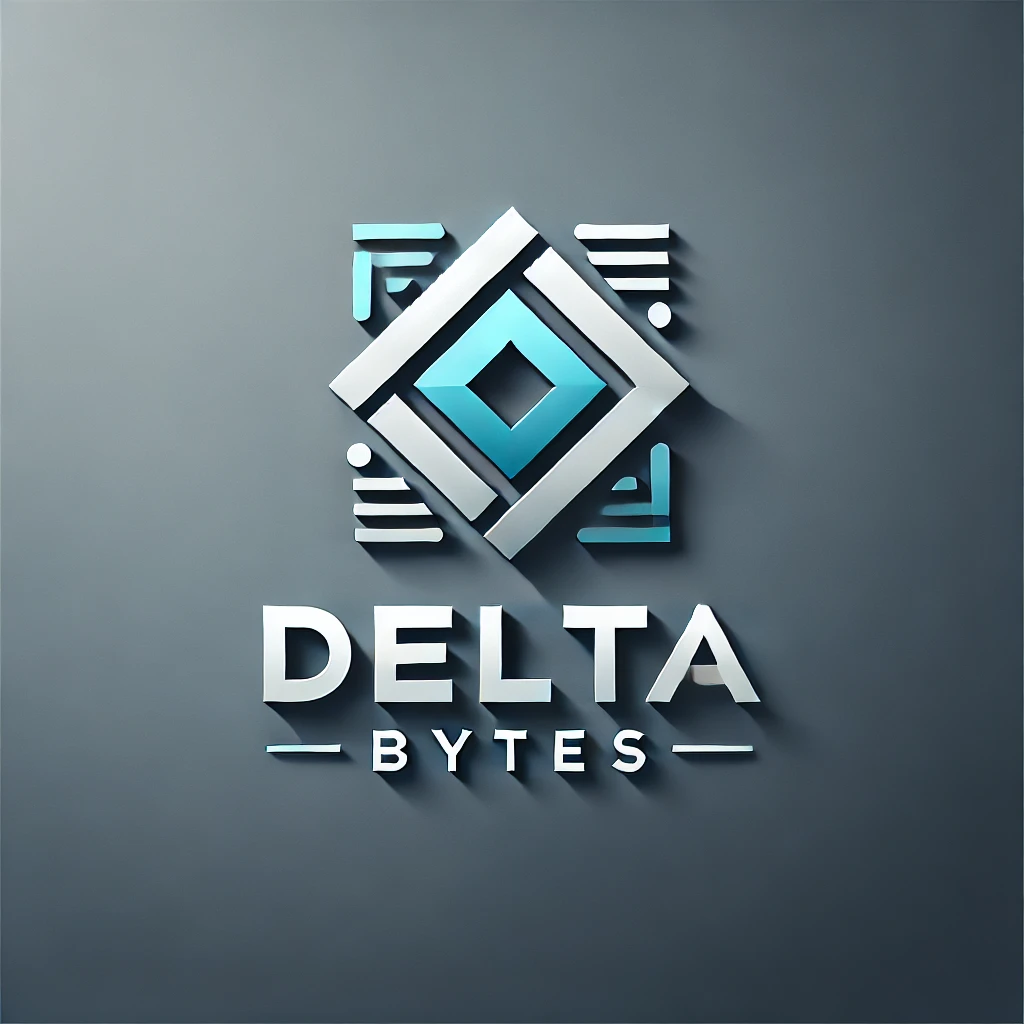


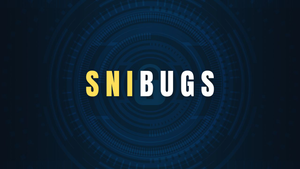



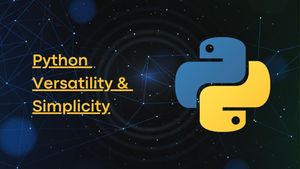


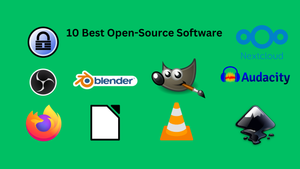

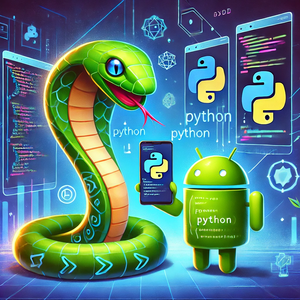

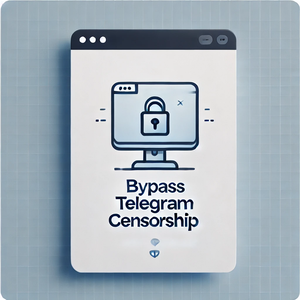
Comments